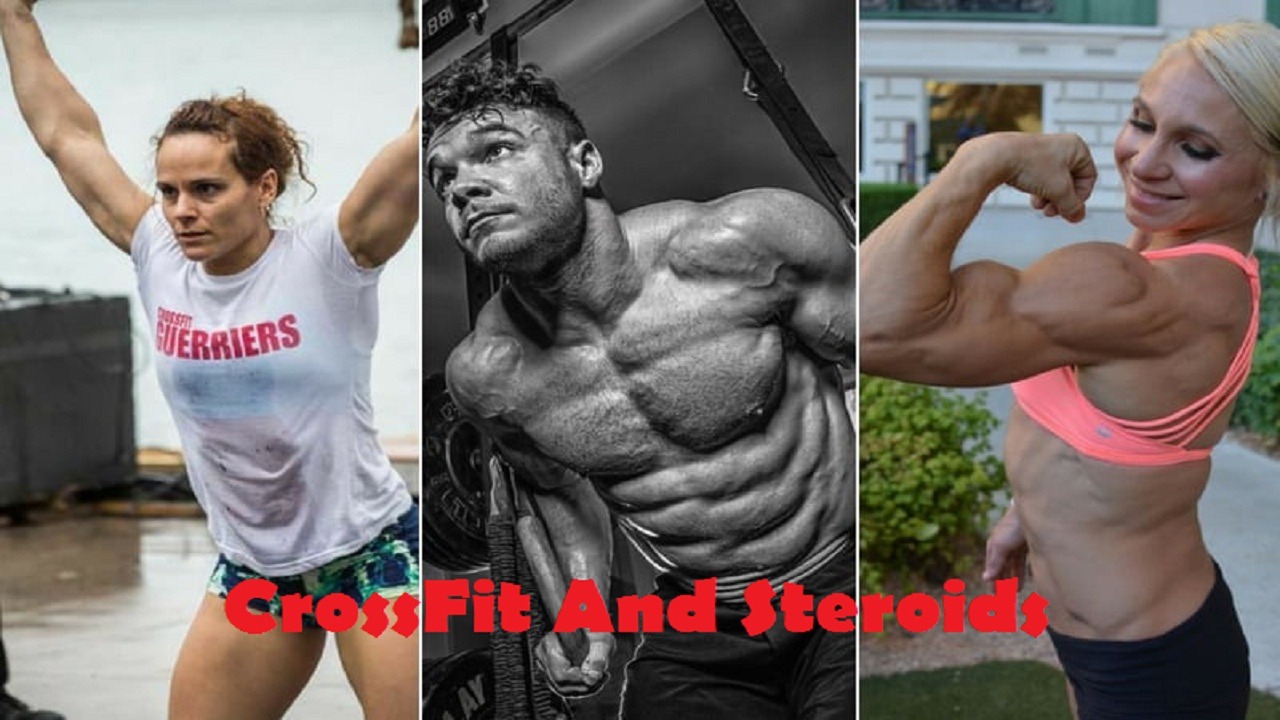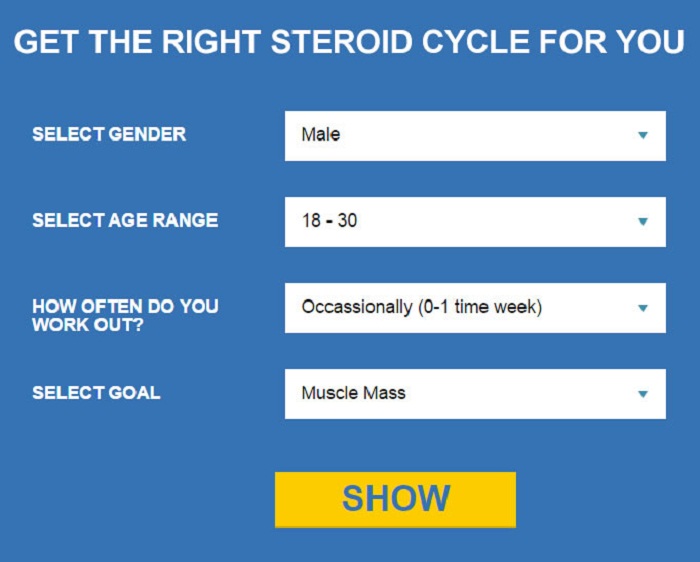Introduction To CrossFit and Steroids
Contents
CrossFit is a high-intensity fitness program that incorporates a wide range of exercises, including weightlifting, gymnastics, and cardiovascular activities. The program is designed to challenge individuals of all fitness levels and is known for its intensity, community-driven approach, and competitive atmosphere. CrossFit has gained immense popularity in recent years, attracting fitness enthusiasts of all ages and backgrounds.
However, with its rapid growth, CrossFit has also been associated with the use of performance-enhancing drugs (PEDs), specifically steroids. Steroids are a type of PED that is commonly used by athletes to enhance their physical performance. They work by increasing muscle mass, strength, and endurance, allowing athletes to train harder and longer.
The use of steroids in sports is not a new phenomenon, and CrossFit is no exception. In fact, CrossFit athletes have been busted for steroid use in multiple instances, including 2015, 2018, and 2020 CrossFit Games.
The health implications of steroid use are significant and can lead to serious long-term health problems. Steroids can cause a wide range of adverse effects, including liver damage, cardiovascular disease, and fertility issues. They can also lead to psychological effects, such as aggression and mood swings.
Despite these risks, some athletes continue to use steroids in an effort to gain a competitive edge. This has led to a growing concern within the CrossFit community about the use of PEDs and the impact it has on the integrity of the sport.
To address this issue, CrossFit has implemented a drug testing program for its top athletes. The program includes both in-competition and out-of-competition testing and athletes who test positive for banned substances are subject to suspension and other penalties.
In addition to drug testing, CrossFit has also taken steps to promote clean competition and ethical behavior. The organization has a code of conduct that emphasizes fair play and sportsmanship, and it encourages athletes to report any suspected doping violations.
The connection between CrossFit and steroids is a complex issue that has significant implications for the health of athletes and the integrity of the sport. While CrossFit has taken steps to address the issue through drug testing and promoting ethical behavior, more needs to be done to ensure that the sport remains clean and safe for all athletes.
Also Read: Testosterone Injections For Muscle Building | Risk And Rewards
Methods Used to Test Steroids in CrossFit
To address the issue of steroid use in CrossFit, the organization has implemented a drug testing program for its top athletes. The program includes both in-competition and out-of-competition testing and athletes who test positive for banned substances are subject to suspension and other penalties.
The drug testing program is administered by the International Testing Agency (ITA), an independent organization that is responsible for managing anti-doping programs for various sports federations, including CrossFit. The ITA uses a range of methods to test athletes for steroids and other banned substances, including:
- Urine Testing: Urine testing is the most common method used to test athletes for steroids. Athletes are required to provide a urine sample, which is then analyzed in a laboratory for the presence of banned substances. The laboratory uses a variety of techniques, including gas chromatography-mass spectrometry (GC-MS), to detect the presence of steroids and other performance-enhancing drugs.
- Blood Testing: Blood testing is less common than urine testing but is still used in some cases. Blood samples are typically collected from the athlete’s arm and analyzed for the presence of banned substances. Blood testing is more invasive than urine testing and is usually reserved for cases where there is suspicion of blood doping, which involves increasing the number of red blood cells in the body to enhance athletic performance.
- Athlete Biological Passport: The Athlete Biological Passport (ABP) is a newer method of testing that looks at an athlete’s biological profile over time. The ABP involves the collection of multiple blood and urine samples over a period of time, which are then analyzed for changes in an athlete’s biological markers. The ABP is used to detect changes in an athlete’s blood or urine that may indicate the use of performance-enhancing drugs.
- Intelligence Gathering: Intelligence gathering is another method used to detect steroid use in CrossFit. This involves monitoring athletes for suspicious behavior, such as unusual performance improvements or sudden changes in body composition. Athletes who are suspected of using steroids may be targeted for additional testing or investigation.
CrossFit uses a range of methods to test athletes for steroids and other banned substances, including urine testing, blood testing, the Athlete Biological Passport, and intelligence gathering. These methods are designed to ensure that the sport remains clean and safe for all athletes and to promote fair competition and ethical behavior.
Which Athletes were Busted and Which PEDs did They Use?

| Year | Athletes Busted | PEDs Used | Suspension Period |
| 2015 | Kevin Ogar, Ricky Garard, Emily Abbott, Lucas Parker, Tyson Takasaki, Sheila Barden, Sam Briggs, Shawn Ramirez, Elizabeth Akinwale, Jackie Perez | Testosterone, Stanozolol, Trenbolone, Clenbuterol, and other banned substances | 2 years for most athletes, 4 years for Ricky Garard |
| 2018 | Josh Bridges, Emily Abbott, Jennifer Smith, Christian Lucero, Colleen Fotsch, Austin Malleolo, Ben Garard, Jacob Heppner, Jessica Griffith, Cody Anderson, Rachel Garibay, Ryan Elrod, João Paulo Ramos, Gabriela Migala | Anabolic steroids, Clenbuterol, and other banned substances | 4 years for most athletes, 6 years for Ben Garard and Gabriela Migala |
| 2020 | Elliott Schackne, Justin Bergh, Mel Ockerby | Testosterone, Ostarine, and other banned substances | 4 years for Elliott Schackne, a lifetime ban for Justin Bergh, 2 years for Mel Ockerby |
2015 PED Sanctions in CrossFit
In 2015, ten athletes were disqualified from the CrossFit Games due to doping violations. Kevin Ogar, Ricky Garard, Emily Abbott, Lucas Parker, Tyson Takasaki, Sheila Barden, Sam Briggs, Shawn Ramirez, Elizabeth Akinwale, and Jackie Perez were found to have used a variety of banned substances, including Testosterone, Stanozolol, Trenbolone, Clenbuterol, and others. Most athletes received a two-year suspension, while Ricky Garard was given a four-year suspension for repeat offenses.
2018 Sanctions for Steroids in CrossFit
In 2018, 14 athletes were busted for using anabolic steroids, Clenbuterol, and other banned substances. Josh Bridges, Emily Abbott, Jennifer Smith, Christian Lucero, Colleen Fotsch, Austin Malleolo, Ben Garard, Jacob Heppner, Jessica Griffith, Cody Anderson, Rachel Garibay, Ryan Elrod, João Paulo Ramos, and Gabriela Migala were all suspended for four years, with the exception of Ben Garard and Gabriela Migala who received a six-year suspension.
2020 Sanctions in CrossFit for PED and Steroids
In 2020, three athletes were busted for using Testosterone, Ostarine, and other banned substances. Elliott Schackne received a four-year suspension, Mel Ockerby received a two-year suspension, and Justin Bergh, the CrossFit Games Director, received a lifetime ban for his involvement in facilitating the use of banned substances.
These cases highlight the issue of steroid use in CrossFit and the importance of drug testing in maintaining clean competition. CrossFit has since implemented a drug testing program for its top athletes, but it is clear that more needs to be done to ensure the integrity of the sport.
FAQs
Can CrossFit athletes take testosterone?
No, CrossFit athletes cannot take testosterone or any other performance-enhancing drugs (PEDs). The use of PEDs is strictly prohibited by CrossFit’s anti-doping policies, and athletes who test positive for banned substances may face suspension, fines, and other penalties.
What PEDs are banned in CrossFit?
CrossFit bans a wide range of PEDs, including anabolic steroids, human growth hormone (HGH), testosterone, and other hormone modulators. It also prohibits substances such as stimulants, diuretics, and masking agents that can be used to enhance athletic performance or conceal the use of banned substances.
CrossFit maintains a list of banned substances and updates it regularly to reflect the latest developments in anti-doping science. Athletes are responsible for ensuring that any supplements or medications they use do not contain banned substances.
What steps is CrossFit taking to support female athletes?
CrossFit is committed to promoting gender equality and supporting female athletes. The sport offers separate competition categories for men and women and encourages women to participate and excel in all aspects of the sport.
What resources are available to female CrossFit athletes who want to compete fairly and ethically?
Female CrossFit athletes can access resources and support through CrossFit’s anti-doping program, which includes education and awareness initiatives, as well as a confidential hotline for athletes to report suspected doping violations. They can also seek guidance from coaches, medical professionals, and other trusted sources.
What is the sport of CrossFit?
CrossFit is a fitness regimen that combines functional movements, such as weightlifting, gymnastics, and cardiovascular exercises, in a high-intensity workout format. The goal of CrossFit is to improve overall fitness, strength, and endurance.
Are the CrossFit Games still a thing?
Yes, the CrossFit Games are still a thing. The CrossFit Games is an annual competition that brings together the world’s top CrossFit athletes to compete in a series of physical challenges that test their strength, endurance, and overall fitness.
Why is CrossFit so expensive?
CrossFit can be more expensive than other fitness options due to the personalized coaching, small class sizes, and high-quality equipment used in the workouts. Additionally, CrossFit gyms, or boxes, typically have a strong community atmosphere that may justify a higher price point for some individuals.
In what countries is CrossFit popular?
CrossFit has gained popularity worldwide and can be found in many countries, including the United States, Canada, Australia, the United Kingdom, Brazil, and South Africa, among others.
Where are the 2023 CrossFit Games?
The location for the 2023 CrossFit Games has not been announced yet.
Conclusion
In conclusion, the popularity of CrossFit has led to concerns about the use of steroids and other performance-enhancing drugs. The health risks associated with steroid use are serious and can have long-term consequences for athletes. CrossFit’s anti-doping policies and drug testing protocols are designed to prevent the use of banned substances and ensure fair competition.
However, more needs to be done to educate athletes about the risks of steroid use and to promote clean competition in the sport. Ultimately, it is up to individual athletes to make responsible choices and prioritize their health and safety above short-term gains. As CrossFit continues to evolve, it is important for the sport to maintain its commitment to fair play and integrity, while also promoting a culture of health and fitness for all.



